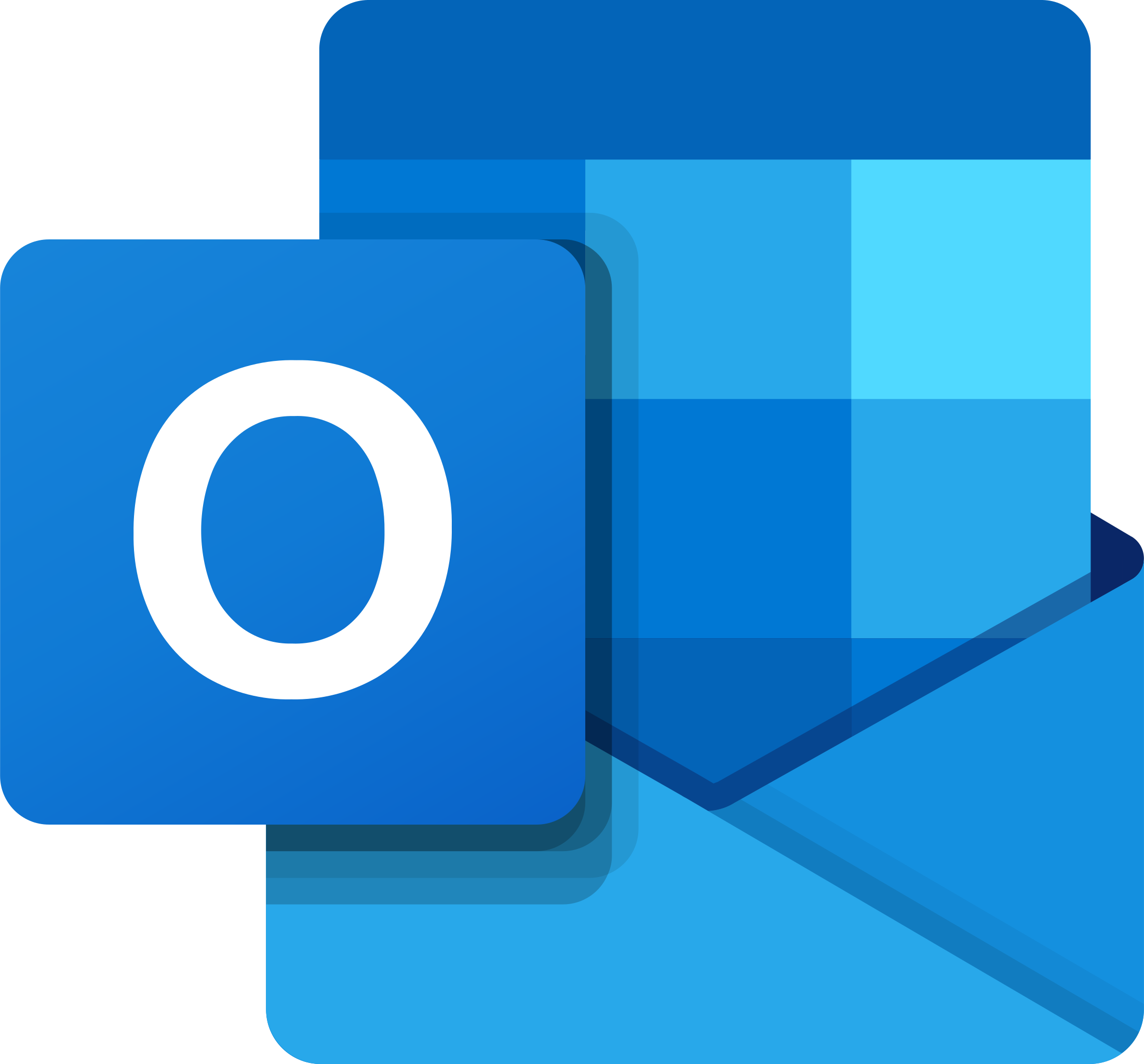Troubleshoot and Fix Google Chrome Not Opening
Unlock the secret to resolving your Chrome woes with our expert guide on troubleshooting and fixing the infuriating issue of Google Chrome failing to open.
Restart Your Computer
If you’re experiencing issues with Google Chrome not opening, a simple restart of your computer may help resolve the problem. A restart can help clear any temporary glitches or conflicts that may be preventing the browser from launching properly.
To restart your computer, follow these steps:
1. Close any open programs or applications.
2. Click on the Start menu icon in the bottom left corner of your screen.
3. Select “Restart” from the list of options.
4. Wait for your computer to shut down and restart.
5. Once your computer has restarted, try opening Google Chrome again.
If the issue persists after restarting your computer, you may need to try other troubleshooting steps or seek further assistance.
End Chrome Processes in Task Manager
If Google Chrome is not opening or launching properly, ending the Chrome processes in Task Manager can help resolve the issue. Here’s how to do it:
1. Press Ctrl + Shift + Esc to open Task Manager.
2. Look for any processes related to Chrome, such as “chrome.exe” or “Google Chrome”.
3. Select the processes and click on “End Task” to close them.
4. If you see multiple Chrome processes, end them all.
5. Once the processes are ended, try reopening Chrome.
Ending the Chrome processes in Task Manager can help resolve issues like Chrome not loading pages, not displaying correctly, or not responding. It can also fix font or text-related problems. If the issue persists, consider rebooting your machine or checking for any antivirus or firewall settings that may be blocking Chrome.
Disable Your Antivirus or Firewall Temporarily
To troubleshoot and fix Google Chrome not opening, you may need to temporarily disable your antivirus or firewall. These security measures can sometimes interfere with Chrome’s functions. Here’s how to do it:
1. On Windows:
– Open the Start menu and search for “Windows Security.”
– Click on “Virus & threat protection.”
– Under “Virus & threat protection settings,” click on “Manage settings.”
– Toggle off the “Real-time protection” option.
2. On Mac:
– Open your antivirus software.
– Look for options related to real-time protection or firewall.
– Temporarily disable these features.
After disabling your antivirus or firewall, try launching Google Chrome again. If it opens successfully, it means that the security measures were causing the issue. Remember to re-enable your antivirus or firewall once you’re done troubleshooting.
If this doesn’t resolve the problem, there may be other reasons for Chrome not opening. Consider checking for updates, clearing cache and cookies, or even reinstalling the browser.
python
import psutil
def is_chrome_running():
for proc in psutil.process_iter(['name']):
if proc.info['name'] == 'chrome.exe':
return True
return False
if is_chrome_running():
print("Google Chrome is running.")
else:
print("Google Chrome is not running.")
Please note that this code only checks if there is a process with the name “chrome.exe” running on your system. It does not attempt to fix any issues or start the browser if it is not running.
Run Compatibility Troubleshooter
If Google Chrome is not opening on your PC or Mac, you can try running the Compatibility Troubleshooter to fix the issue. Here’s how:
1. Right-click on the Start menu icon and select “Task Manager” from the list.
2. In the Task Manager window, go to the “Processes” tab.
3. Look for any instances of “Chrome” or “Google Chrome” in the list.
4. Right-click on each instance and select “End task” to force close Chrome.
5. Open the Start menu again and type “Run” to open the Run dialog box.
6. Type “msconfig” in the Run dialog box and press Enter.
7. In the System Configuration window, go to the “Services” tab.
8. Check the box next to “Hide all Microsoft services” to filter the list.
9. Look for any entries related to Chrome or Google in the list.
10. Uncheck those entries and click “Apply” to save the changes.
11. Restart your machine and try opening Chrome again.
This troubleshooter can help resolve compatibility issues that may be preventing Chrome from opening properly.
Delete the Chrome User Profile
To troubleshoot and fix Google Chrome not opening, you can try deleting the Chrome user profile. Follow these steps:
1. Close any open Chrome windows.
2. Press the Ctrl + Shift + Esc keys simultaneously to open Task Manager.
3. In the Task Manager, locate any instances of “chrome.exe” under the “Processes” tab.
4. Right-click on each “chrome.exe” process and select “End Task” to force close Chrome.
5. Open the Run dialog box by pressing the Windows key + R.
6. Type “%LOCALAPPDATA%GoogleChromeUser Data” and press Enter.
7. Locate the “Default” folder and rename it to “Backup Default”.
8. Restart your PC and relaunch Chrome.
By deleting the Chrome user profile, you can resolve issues such as Chrome not launching, not loading pages, or not displaying correctly. This process creates a fresh user profile, eliminating any glitches or conflicts that may have been causing the problem. Remember to reinstall any necessary extensions or sign back into your Google account after performing these steps.
Reinstall Google Chrome
Troubleshoot and Fix Google Chrome Not Opening
If you’re experiencing issues with Google Chrome not opening, here are some steps you can take to resolve the problem:
1. Close any existing Chrome processes: Press Ctrl+Shift+Esc to open the Task Manager. Look for any Chrome processes under the Processes tab, right-click on them, and select End Task.
2. Reinstall Google Chrome: First, make sure you have a stable internet connection. Then, uninstall Chrome by going to the Control Panel > Programs > Programs and Features. Find Google Chrome in the list, right-click on it, and select Uninstall. Once it’s uninstalled, download the latest version of Chrome from the official website and install it.
3. Clear Chrome’s cache and cookies: Open Chrome and press Ctrl+Shift+Delete. Select the options to clear browsing history, cache, and cookies. Make sure all the checkboxes are selected, and then click Clear Data.
4. Disable Chrome extensions: Open Chrome and type chrome://extensions in the address bar. Disable all the extensions by toggling the switch off.
5. Reset Chrome settings: Type chrome://settings/reset in the address bar and click Reset settings. This will restore Chrome to its default settings.
6. Check for malware: Run a thorough scan on your system using a reliable antivirus program to check for any malware that might be interfering with Chrome.
Fix Chrome won’t open on Windows PC
‘t open on your Windows PC? Here are some quick steps to troubleshoot and fix the issue.
First, try restarting your computer. Sometimes a simple reboot can resolve minor glitches that may be causing Chrome to not open.
Next, check your internet connection. Make sure you have a stable connection to the internet. If your internet is not working properly, Chrome may not be able to launch.
If the issue persists, try updating Chrome to the latest version. Open the Chrome browser, click on the three dots in the top right corner, go to “Help,” and select “About Google Chrome.” If there are any updates available, Chrome will automatically download and install them.
You can also try clearing your browser cache and cookies. Open Chrome, click on the three dots, go to “More tools,” and select “Clear browsing data.” Make sure to check the boxes for “Cached images and files” and “Cookies and other site data,” then click “Clear data.”
If none of these steps work, you can try reinstalling Chrome. Uninstall Chrome from your PC, then download and install the latest version from the official Google Chrome website.
These steps should help you fix the issue of Chrome not opening on your Windows PC.



